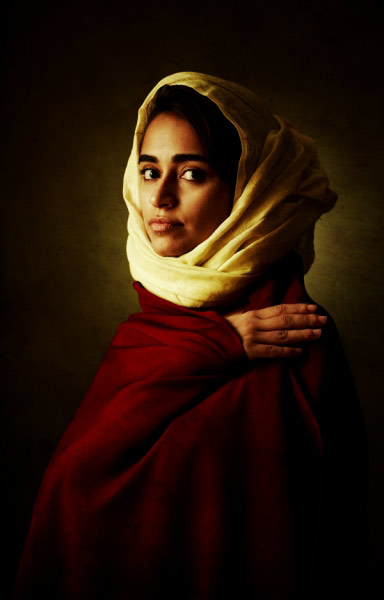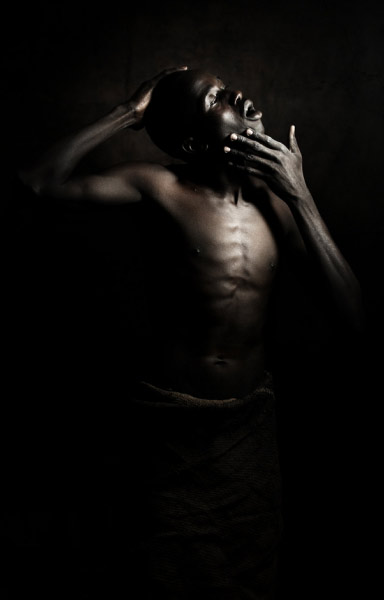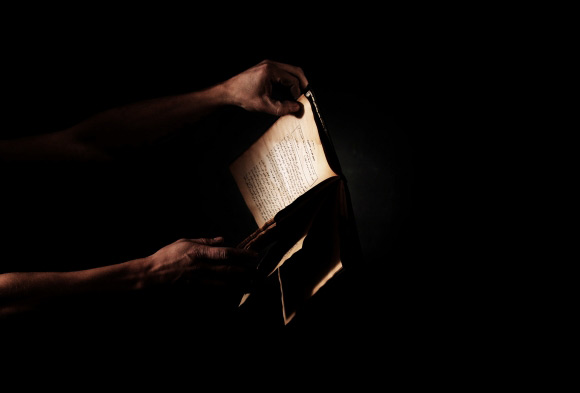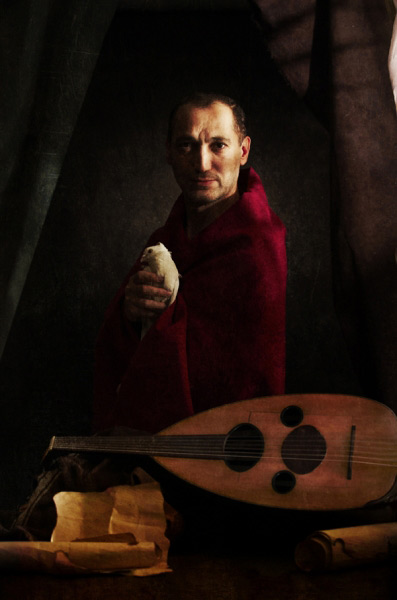Miguel Ángel Sánchez
Modern-day Cairo society photographed in the style of the 17th-century masters



Spanish photographer Miguel Ángel Sánchez moved from Madrid to Cairo in 2009, a year before the Arab Spring thrust the country into the world’s spotlight. Despite being in the eye of one of the greatest political and social storms of a generation, he’s used his talent to capture the nuances of 21st-century Egyptian society in the style of a 17th-century Spanish painter.
“We have a very important pictorial legacy in Spain. My work is the result of my love for the Spanish baroque imagery and the Italian and Spanish naturalism by Caravaggio and Ribera,” says Sánchez. “It’s a tribute to those Spanish paintings, where myth and reality mixed to create an intermediate state that I try to translate in images. Cairo mixes these sensations very well.”
Working with everyday people in his adopted city, in carefully controlled studio conditions, Sánchez creates powerful portraits that take on new meaning when one realizes his subjects, posed in the conventional poses of the photographer’s 17-century influences, aren’t in costume but rather are the denizens of a modern capital city.

We talked to Sánchez to learn more about his unique process, the people he portrays and the importance of “light and hard work.”
How did you respond to the uprising in Cairo as a photographer?
This revolution was fought in the street, so I made photos as a diary. I opened my studio to make portraits of all the people who were fighting and making this sacrifice for their present and future. These days were really hard. During these days, the emotions of 20 million people exploded in Cairo. It was like a mine full of gold for an artist. I just had to be very perceptive and take advantage of this magical, emotional and unique moment.
How did you come to live in Cairo in the first place?
I was working in a commercial studio in Madrid, shooting commercial photos, and my wife is a journalist for El Pais. One day we where talking about our personal dreams, and we decided to make a change with our lives and dedicate 100 percent to ourselves, and to the things that made us happy. I always wanted to travel around doing portraits of people and renting small studios. So, we took our savings, left our things in Spain and bet on Cairo.


Describe your process. How long does it take? How do you get the light just so?
I approach the portrait as if it were a painting. I think that photographers have to dedicate more time to lighting. People spend more time in concepts, philosophy and elements, and they forget the main elements of photography: Light and hard work. You cannot miss these two elements. And prior contact with the person is essential. I take lots of notes about their life. I do my sketches, watch the studio space. Once I do that, my main effort is based on studying the character in order to use the specific lighting, composition and appropriate symbolism. It´s a part that I enjoy very much. Light and shadows talk.
How do you think people in Egypt have received your work?
Usually they feel identified. I think that everyone sees a common element in all portraits, [and that is] dignity. Dignity is something I’ve seen on many occasions in this country and will be the keystone of future growth. I just try to translate with images what I feel, so when I work, I’m not expecting that people understand me 100 percent.


What’s next?
Next year will be great. In December I’ll publish a book of Cairo portraits with my wife. She has been writing during these two years about all that characters that appear in these portraits. This year I have an exhibition in Cairo and Alexandria, and next year I have many nice exhibitions in Europe.
I’d love to do some exhibitions in North America, but I’m still looking for a nice place or a nice curator. I’ll also start a project in Kenya in November, then go to Armenia and Russia – Inshallah!
Sánchez’s work will be exhibited in Cairo at the Opera House’s Palace of the Arts gallery from 1-22 December 2011. For more information on the artist, visit his website.












